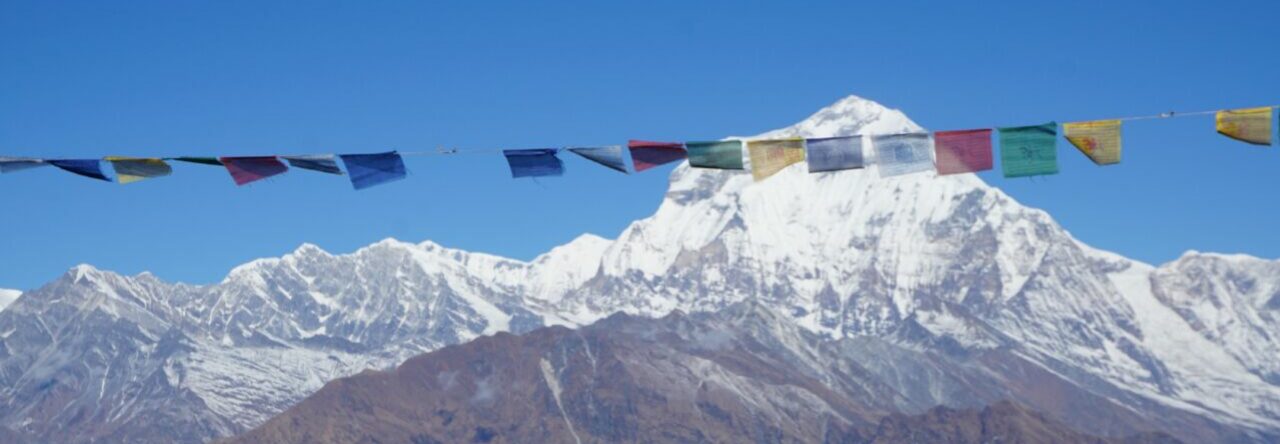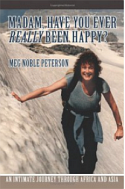December 16, 2018
One of the joys of travel is revisiting places that have special meaning, and the Pullahari Monastery, on one of the hills above Boudha, is one of those. It had been six years since we walked from Boudha through the valley and up a steep hill to this beautiful monastery overlooking the vast expanse of the Kathmandu. The road had been unpaved, small family farms abounded, and there was an intimate feeling of community with a sprinkling of neighborhood stores and large areas of open space. How different it was today! Traffic jammed the streets, and houses and apartments had replaced many of the farms.
Halfway there I hailed a cab to take us the rest of the way. It was a good thing we hadn’t tried to climb on our own as before, because the path–a short cut up the hill through the forest–had been fenced off. As I looked at the slope we’d scrambled up, I wondered how I had ever navigated it in the first place!
We arrived at the monastery tea shop, run by a charming gentleman who served us tea and brownies, my first chocolate since arriving in Nepal.
From there we began a peaceful walk down many stone steps to several stupas, all situated in the woods and surrounded by lovely flowering bushes. Prayer flags added to the serenity.
Click on photos for full-size slide show.
After walking a few koras, we visited the main temple. Cary was familiar with the surroundings having done a month-long retreat in 2007.
We walked around the beautiful temple with its splendid columns, exquisitely ornamented entrances, painted ceilings, and symbolic art work. I had seldom seen such intricate detail and was enthralled by the diverse designs and colors.
We then walked farther up to a smaller temple with the stupa containing sacred body relics of Jamgon Kongtrul Rinpoche. He established the monastery and was tragically killed in an automobile accident just after its completion in 1992. A new building exclusively for butter lamps was being erected.
There were large flowering bushes covering the area—poinsettias, a variety of roses, and camelias, as well as rows of smaller plants with a sign: No Plucking of Flowers.
Cary showed me the dorms, looking out over the valley, where she had stayed in 2007, and shared her feelings and experiences while doing retreat. This meant a great deal to me.
It was mid-afternoon when we completed what to me was a spiritual journey through this very special complex, and headed back to the teahouse to summon a taxi. Fortunately, we found a delightful Tibetan cab driver, who came from a distance, and delivered us to Boudha Gate in record time. We had thought we’d be in traffic for hours, but he knew all the short cuts and back roads. He was also a Buddhist, so the conversation was lively. What a great way to end the afternoon!
This was the last day of our visiting the area surrounding Kathmandu. We spent the next week moseying around Boudha, saying goodbye to old friends, and enjoying the peace and tranquility of the Shechen Guest House. Stay with us while we complete our 2018 sojourn in Nepal.

The Tibetan Wheel of Life – the representation of the cyclic existence of samsara.


































Judy Wyman Kelly
Beautiful! Thanks!
Susan Smith
Thank you again Meg for your colourful description of this fascinating part of the world. Keep safe during these trying times.
Kimberly Morrow
Dear Meg: It was wonderful to re-read your blog and to experience your world through your writing. I have thought of you so often through the years, and indeed, whenever I play my autoharp, and would so very much enjoy being back in touch. — Kimberly Morrow